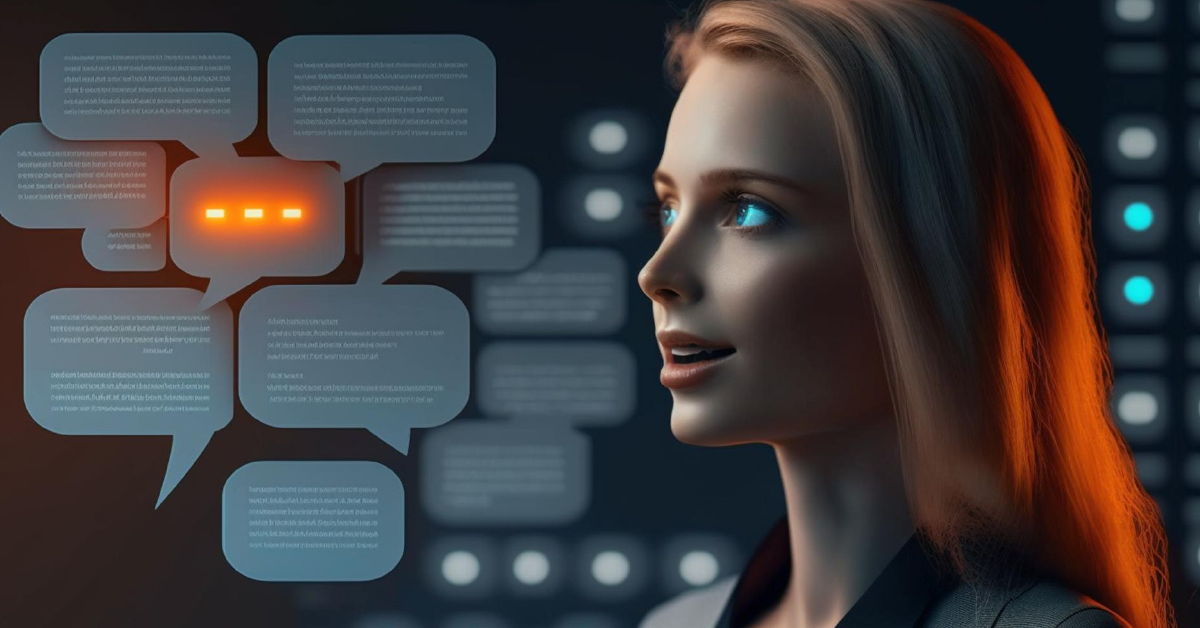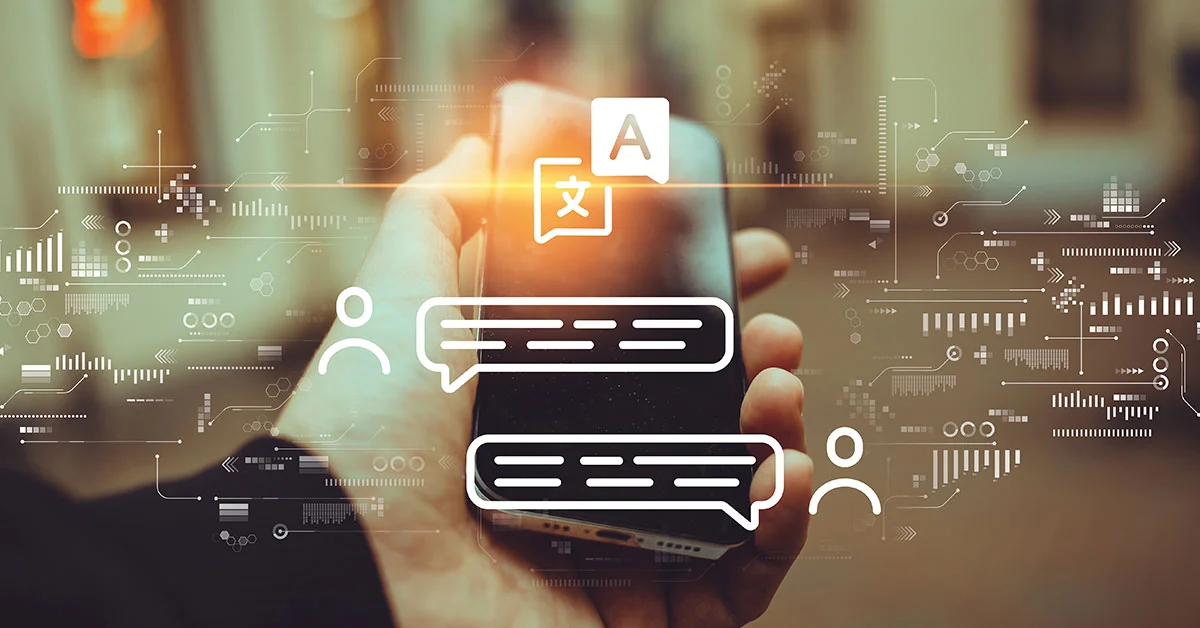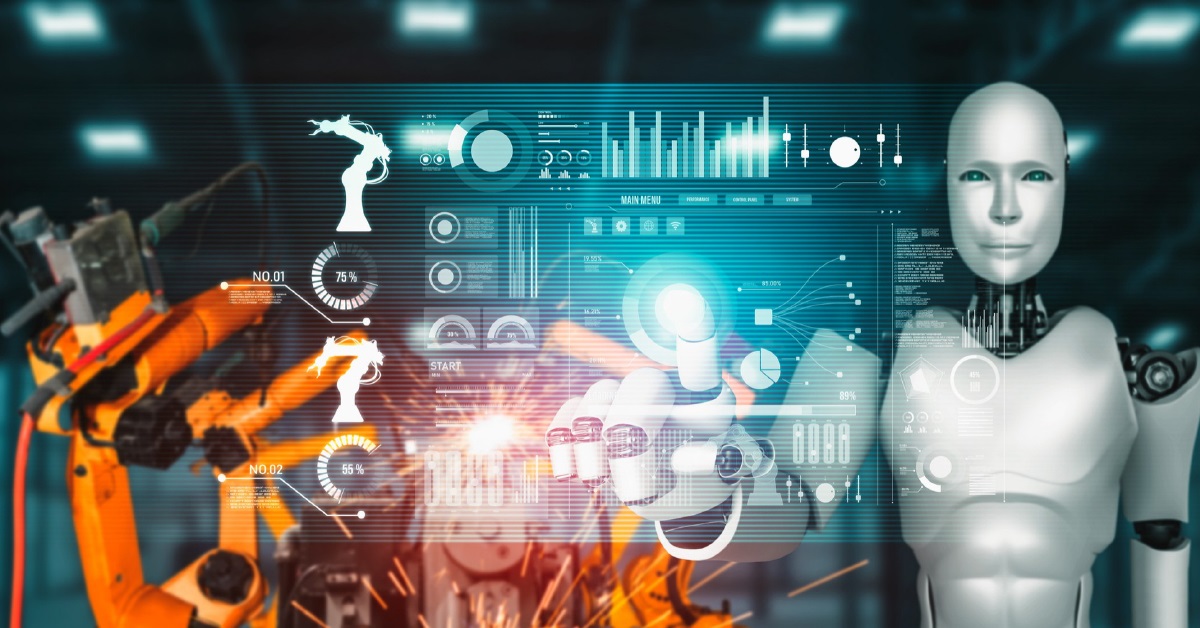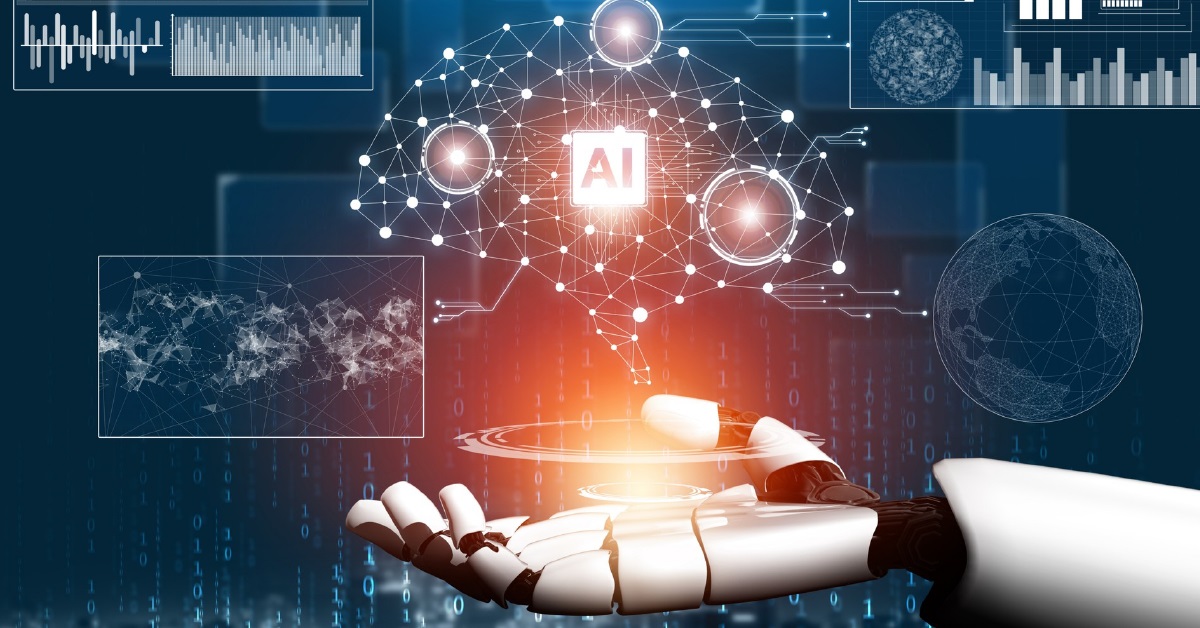AI: Having Your Voice Cloned and Used Against You
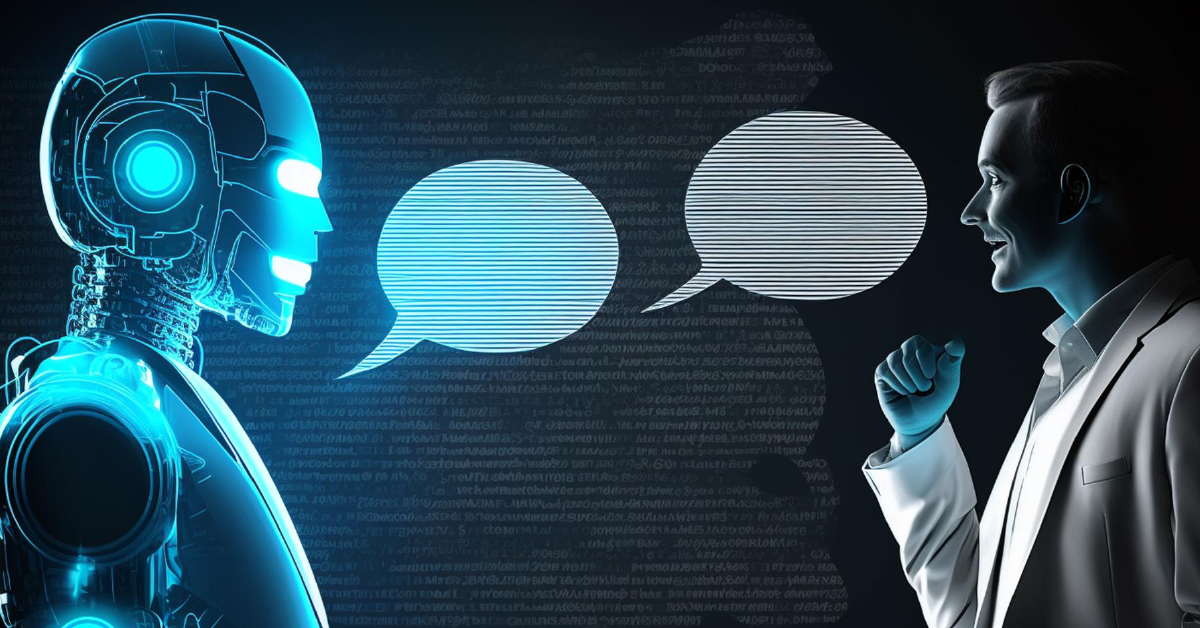
5 min read
Advanced AI technologies are becoming increasingly applicable and efficient across various industries and use cases due to developers’ ability to fine-tune AI models to produce outcomes that are more focused and contextually relevant.
A critical stage in the creation of artificial intelligence tuning models or fine-tuning. Adapting and specializing a pre-existing model’s performance for a given domain includes training it on a particular dataset or task. By fine-tuning an AI model, developers can use the knowledge and skills already recorded in the base model to adapt it for a more specific tasks, increasing accuracy and performance in practical applications. By feeding an algorithm a sample of a person’s speech, which can be as brief as a three-second audio clip, voice cloning creates a digital clone of that person’s distinct voice, complete with speech patterns, accents, voice intonation, and even breathing.
What is Voice Cloning Technology?
Voice cloning is a technology that utilizes artificial intelligence (AI) algorithms to replicate and imitate a person’s voice with remarkable accuracy. By analyzing a collection of audio samples, often just a few minutes long, the advanced AI model learns the nuances, pitch, tone, and other characteristics of the person’s speech. Once trained, the AI can generate new speech that sounds like the person, even though they may not have spoken the specific words or sentences before. Voice cloning has various applications, from improving text-to-speech systems and virtual assistants to creating personalized voice interfaces for individuals. However, it also raises concerns about privacy, security, and the potential for misuse in malicious activities such as voice identity theft and the creation of deceptive content known as deep fakes.
Voice Cloning: Formidable Force
However, AI-based voice cloning is a powerful new technology that has the potential to improve lives significantly. The employment of it in the entertainment industry has a significant benefit since voice actors can perform considerably more. For instance, if they are overbooked, an artist can still get paid if they give a sample of their voice to one of the jobs.
Film production companies will only need to engage foreign-language performers to generate versions of their films that can suit other nations because voice cloning may be used to convert an actor’s utterances into several languages.
Clone Someone’s Voice With AI
AI speech cloning often entails using a dataset of the target’s voice recordings to train a deep learning model, such as a deep neural network. To provide the AI the best chance of successfully capturing the person’s distinctive vocal features, the dataset should include a wide variety of speech patterns, intonations, and phonetic changes.
The advanced AI model learns to map the input audio data to corresponding linguistic and acoustic features, essentially understanding how the person speaks. Once the model is adequately trained, it can generate new audio samples that mimic the target’s voice, even if the input text differs from the person’s previous spoken.
It’s important to note that voice cloning raises ethical and privacy concerns, as it will misuse for deceptive purposes. As a result, responsible and ethical usage of this technology is crucial to ensure it benefits society without causing harm. Conversational analytics in the context of AI voice cloning refers to analyzing and understanding the interactions between users and AI-generated voice clones.
Protecting Personal and Corporate Security
Protecting personal and corporate security in the context of voice cloning requires a proactive approach that encompasses both individual and organizational measures. Individuals should exercise caution in sharing voice recordings and enable multi-factor authentication wherever possible. Staying informed about voice cloning risks and promptly reporting suspicious activities is essential. For corporations, implementing robust voice biometric security measures and raising employee awareness can mitigate potential threats. Regular security audits, adherence to privacy regulations, and staying up-to-date with the latest advancements in voice authentication technologies are vital in safeguarding against using voice cloning for malicious purposes. By prioritizing security and privacy, individuals and organizations can maintain a safer digital environment in the face of evolving AI voice cloning threats.
AI Voice Cloning: Significant Advances in Recent Years
Recent years have witnessed a substantial advancement in AI voice cloning thanks to breakthroughs in deep learning and NLP methods. Some notable developments include.
- Data Collection and Diversity
Larger and more diverse datasets will use to train AI models, enabling better capturing of various vocal characteristics, accents, and speech patterns. This has led to more realistic and accurate voice clones.
- Generative Models
The development of advanced generative models, such as Generative Adversarial Networks (GANs) and Variational Autoencoders (VAEs), has enabled more sophisticated voice cloning. These models can generate high-quality audio samples closely resembling the target’s voice.
- Few-Shot Learning
AI models are becoming more capable of learning from limited data, known as few-shot learning. This means that the model can create convincing voice clones with just a few minutes of training data, reducing the need for extensive voice recordings.
- Expressive Cloning
Today’s voice cloning technology can replicate a person’s voice’s emotional richness and expressiveness. This makes it possible to create voice clones with more lifelike dynamics.
- Real-Time Voice Cloning
Real-time voice cloning has advanced to the point where an AI model can copy someone’s voice while they talk in real-time. This makes interactive and dynamic voice-based applications possible.
- Cross-Lingual Cloning
AI voice cloning is getting better at imitating voices in various languages. This makes voice cloning for multilingual users possible without any issues.
- Voice Conversion
Techniques for converting a person’s voice into another without copying their complete speech pattern did improve considerably. This will apply to voice dubbing, text-to-speech system improvement, and customized voice interfaces.
- Accessibility Improvements
Personalized synthetic voices can be created through AI voice cloning for people with speech problems. This improves inclusivity and accessibility for people who use text-to-speech software.
Best Practices for Individuals to Safeguard Against Voice Cloning
By following the below best practices, individuals can significantly reduce the likelihood of falling victim to voice cloning and protect their privacy and security in an increasingly voice-centric digital landscape.
- Limit the distribution of personal voice recordings, especially on public platforms or unsecured channels.
- Use MFA that includes factors beyond voice authentication, such as fingerprints or one-time passwords whenever possible.
- Keep passwords strong and update them regularly. Ensure that voice-related security settings on devices or apps are configured appropriately.
- Review and manage app permissions to restrict access to voice-related features or microphone usage.
- When receiving sensitive calls, especially regarding financial or personal matters. Verify the caller’s identity through additional means, such as callbacks or caller ID verification.
- Be aware of the risks associate by voice cloning and familiarize yourself with common phishing and social engineering tactics that may use voice deception.
- Refrain from recording sensitive information like banking details or personal identification numbers via voice messages or voicemails.
The Future of AI Voice Cloning
A bright future for AI voice cloning is also fraught with formidable obstacles. The distinction between human and artificial voices will probably become less distinct as advanced AI technology advances create progressively more expressive and realistic voice clones. Individualized speech interfaces and multilingual voice cloning are expected to spread and improve user experiences across a range of applications.
Conclusion
However, as the technology advances, the dangers of abuse and the possibilities for producing incredibly realistic deep false audio content may also increase. In order to shape the future of AI voice cloning, a balance between innovation and responsible use will be essential. In order to ensure that this technology helps society favorably. While protecting against its misuse and potential harm, ethical norms, stricter restrictions, and effective detection methods will play crucial roles.
We pride ourselves on delivering top-notch AI and ML software services to support businesses in the digital age. Your satisfaction is our greatest reward.
Published: August 3rd, 2023

